Patch for the 53rd Weather Reconnaissance Squadron of the US Air Force.
U.S. Air Force
Chasing the Storm
The official "Hurricane Hunters" are the Air Force Reserve's 53rd Weather Reconnaissance Squadron. They fly through the eyes of hurricanes and record information. The information helps the National Hurricane Center meteorologists improve the forecasts by up to 30%. How does this happen? For each mission, the Hurricane Hunters fly through the eye of a hurricane multiple times. They pin-point the center of the hurricane and whether the hurricane is strengthening or weakening. Also, instruments on the plane continually record the wind speed and direction. This information helps when forecasting the hurricane's track. The more accuate the forecast is, the less coastline will need to be evacuated. It costs about $1 million per mile to evacuate, so the information provided by the Hurricane Hunters is very valuable. Another group which routinely flies into hurricanes is the Hurricane Research Division (HRD) of the Atlantic Oceanographic and Meterological Laboratory (AOML), which itself is part of the National Oceanic and Atmospheric Administration (NOAA). **whew** The HRD aircraft mainly focus on hurricane research, though some of the wind data collected is used to improve track forecasts.
You might also be interested in:

How did life evolve on Earth? The answer to this question can help us understand our past and prepare for our future. Although evolution provides credible and reliable answers, polls show that many people turn away from science, seeking other explanations with which they are more comfortable.
...more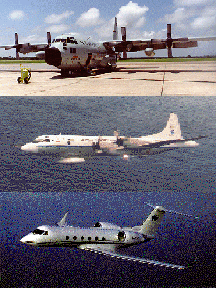
Why do the 53rd Weather Reconnaissance Squadron and the Hurricane Research Division use different airplanes? Actually, they only use two main types. The top two airplanes in the graphic, the WC-130H Hercules
...more
Rain, wind, tornadoes, and storm surge related to hurricanes cause change to natural environments, damage to the human-built environment, and even loss of life. When a hurricane is over the ocean and far
...more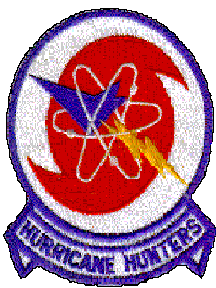
The official "Hurricane Hunters" are the Air Force Reserve's 53rd Weather Reconnaissance Squadron. They fly through the eyes of hurricanes and record information. The information helps the National Hurricane
...more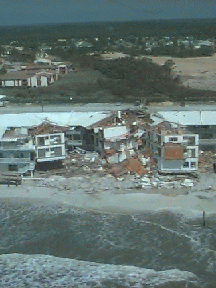
A cyclone is an area of low pressure with winds blowing counter-clockwise around it in the Northern Hemisphere and clockwise around it in the Southern Hemisphere. A tropical cyclone is a cyclone which
...more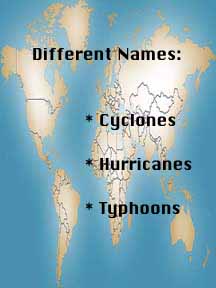
Different places in the world call tropical cyclones by different names. If you click on the image at left you will see which areas use "cyclone", which use "hurricane", and which use "typhoon" when refering
...more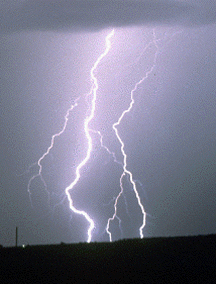
Here's a safe and easy way to make lightning. You will need a cotton or wool blanket. This experiment works best on a dry, cool night. Turn out all the lights and let your eyes adjust to the darkness.
...more
It takes 3 seconds for sound to travel 1 kilometer (5 seconds to travel 1 mile). The next time a thunderstorm comes your way, look out your bedroom window and watch for lightning. When you see a lightning
...more













